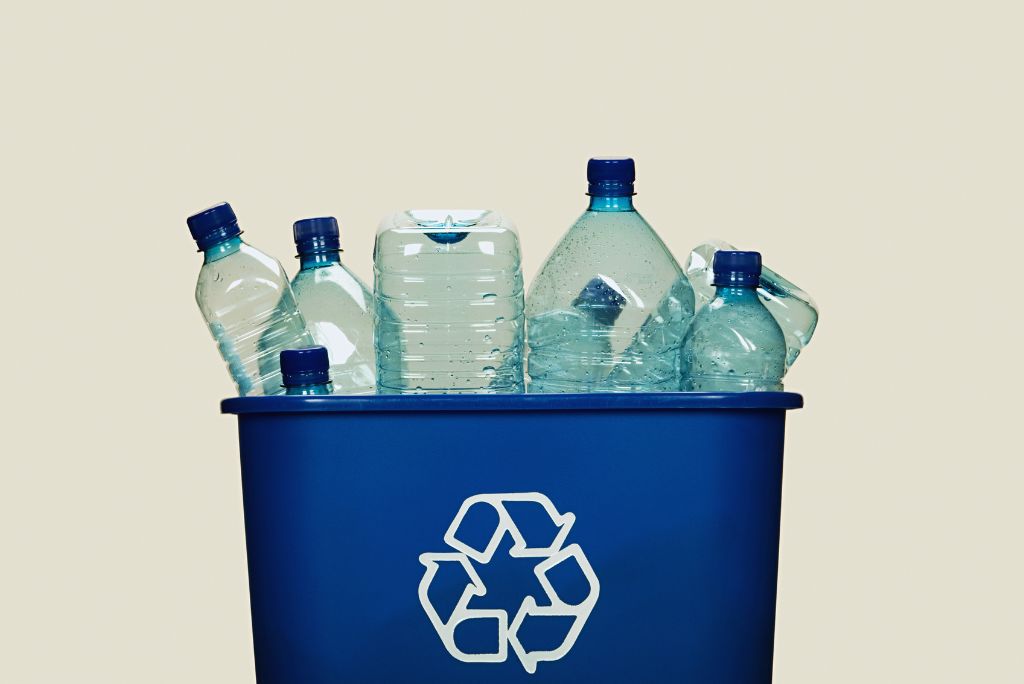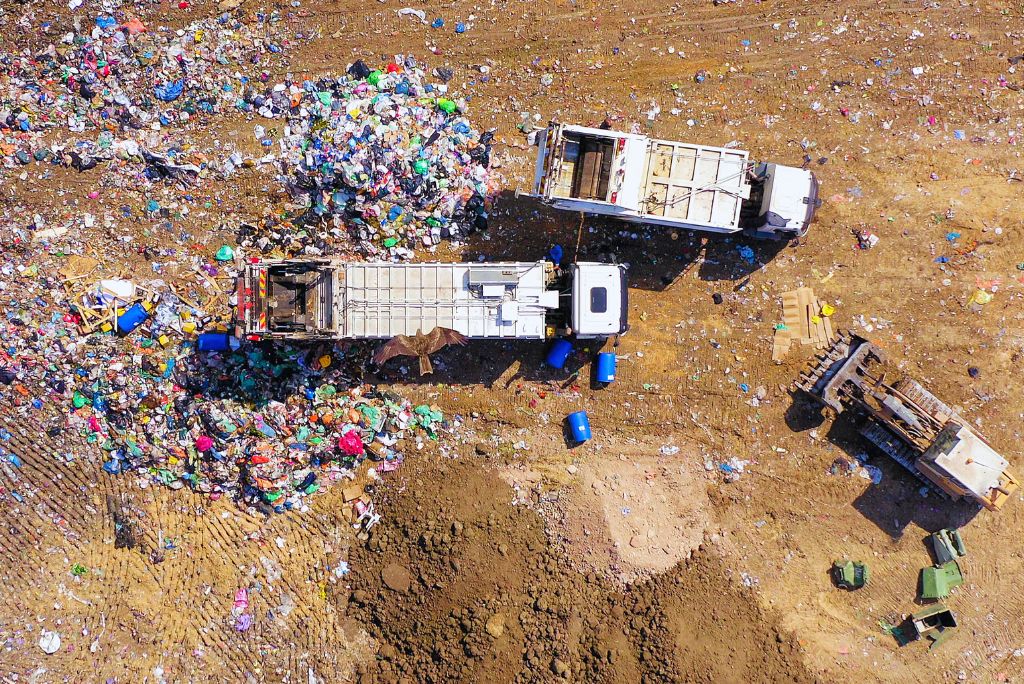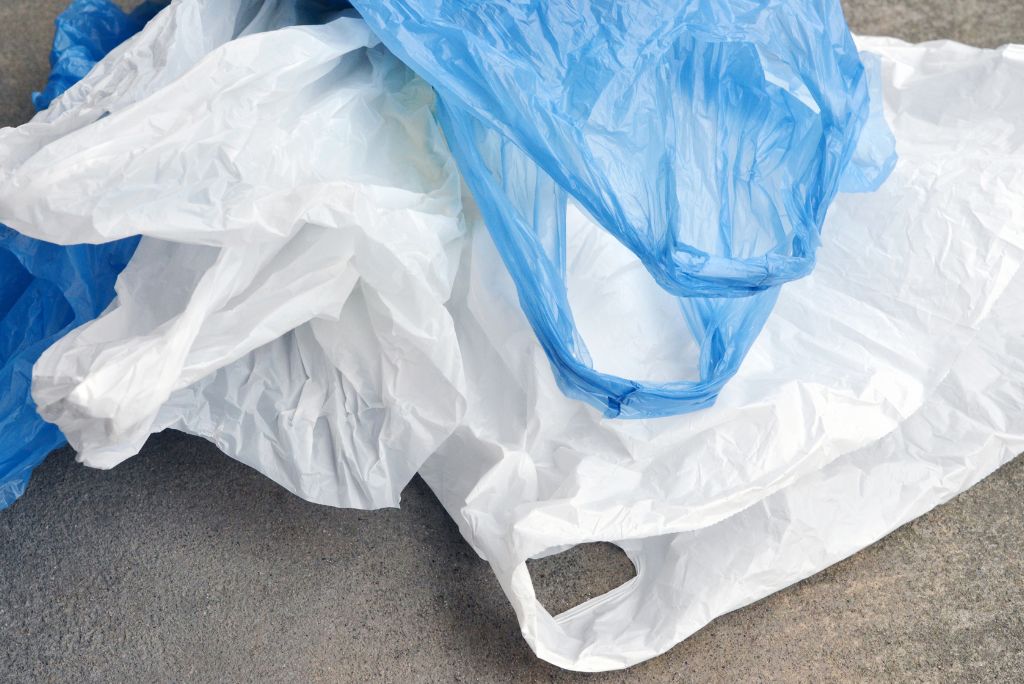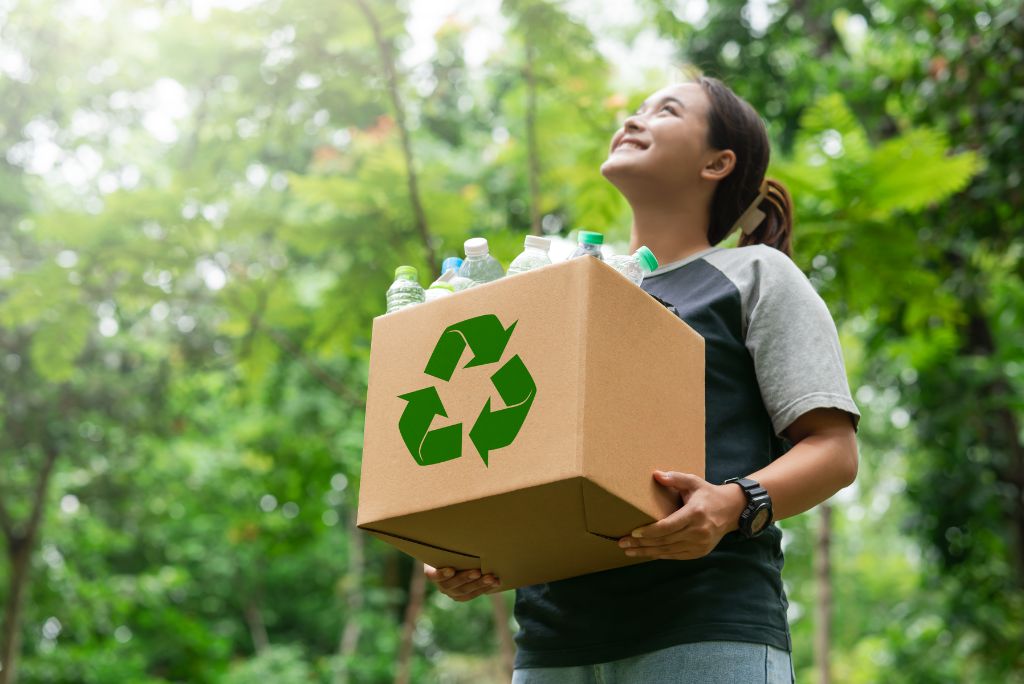How to Correctly Recycle Plastic Bottles: A Comprehensive Guide
Home | Resources and Tools Millions of plastic bottles are used worldwide every year, but only a fraction are recycled correctly. Learning how to…
Where Does Most Municipal Solid Waste Come From? A Breakdown by Sector
Home | Resources and Tools When we think about where most municipal solid waste comes from, the answer often varies depending on region and…
How to Recycle Plastic Bags: A Guide to a Cleaner Environment
Home | Resources and Tools The journey to effectively recycle plastic bags begins with understanding their unique challenges and solutions. While…
Understanding Recycling Symbols: Guide for Smarter Waste Management
Home | Resources and Tools Recycling symbols are everywhere—on plastic bottles, cardboard boxes, and even electronic gadgets—but understanding these…





